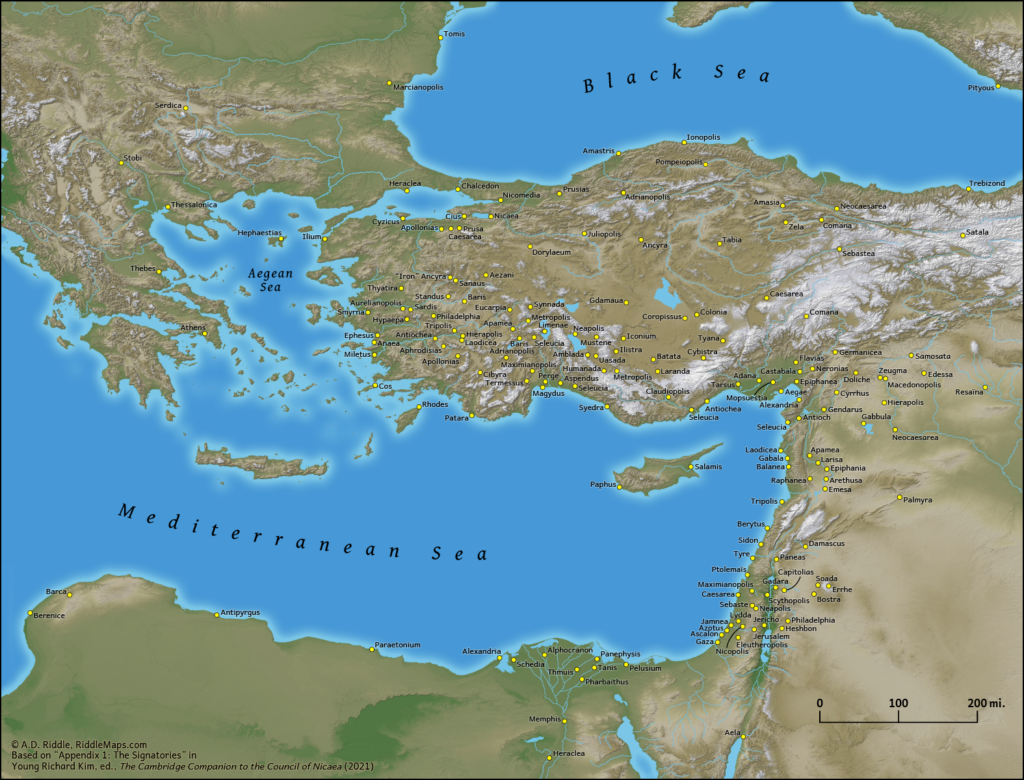Bryan Windle summarizes the top three reports in biblical archaeology in the month of January.
Turkish Archaeological News rounds up the top stories for the month of January.
Zuzana Chovanec explains how Organic Residue Analysis makes it possible to understand the use of the opium poppy in history.
The Grand Egyptian Museum will reportedly have its grand opening on July 3.
BibleTelling is planning 2 “seminars”—where the participants tell Bible stories on Bible land locations where they occurred:
- Turkey and Greece Seminar (with optional extension to Rome) – October 2025
- Israel Seminar (with optional extension to Jordan) – April 2026
New release: How to Eat: An Ancient Guide for Healthy Living, translated with commentary by Claire Bubb (Ancient Wisdom for Modern Readers, Princeton University Press, $13-$18; Amazon)
New release: The Akkadian Great Hymns and Prayers: A Critical Edition of the Nabû and Ištar Prayers and a Study of the Corpus, by Geraldina Rozzi. Free download.
Webinar on Feb 19: “The Archaeology of Psychotropic Substances in the Ancient Eastern Mediterranean and Western Asia,” by David Ilan
The World of Abraham exhibit opened recently at The Bible Seminary’s Joshua, Judges, and Jesus Museum in Katy, Texas.
Lipscomb University offers M.A. and Ph.D. degrees in biblical and ANE archaeology, with six current projects in four Middle Eastern countries.
Leon Mauldin has posted a number of photos of Amarna Tablets now in the British Museum.
Charles A. Burney died in November. He excavated in Libya, Egypt, Iran, Turkey, and with Kenyon at Jericho.
HT: Agade, Gordon Franz, Arne Halbakken, Explorator
